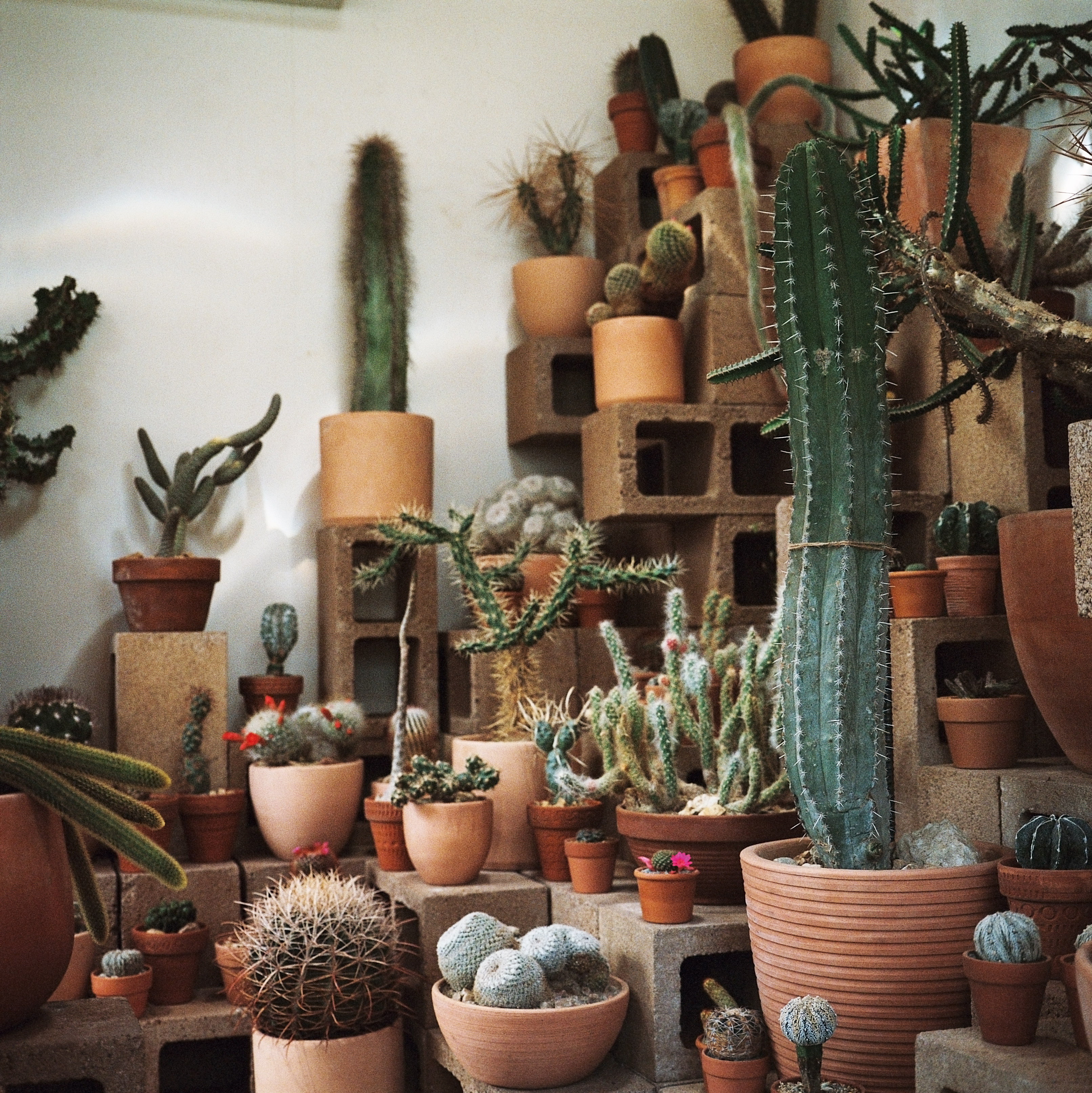Purple Magazine
— Purple 25YRS Anniv. issue #28 F/W 2017
Cactus Store
carlos morera / los angeles
interview and photo by OLIVIER ZAHM
OLIVIER ZAHM — It’s a good time for cacti. Do they always bloom in spring?
CARLOS MORERA — Yeah. In the winter, they go dormant, and so they’re not taking in water. They’re really not moving at all. And it’s basically a technique to conserve energy. But once spring hits, that’s when they start taking in water, growing, and blooming as well.

OLIVIER ZAHM — Is that because it’s more humid?
CARLOS MORERA — They take in water because it’s usually the rainy season, and they use that water to grow. But otherwise, they come from such incredibly harsh conditions that if they were growing all the time, they wouldn’t have enough resources, really, to continue living.
OLIVIER ZAHM — They’re survivors.
CARLOS MORERA — They’re prey in their habitats for animals looking for nutrients and water. I…